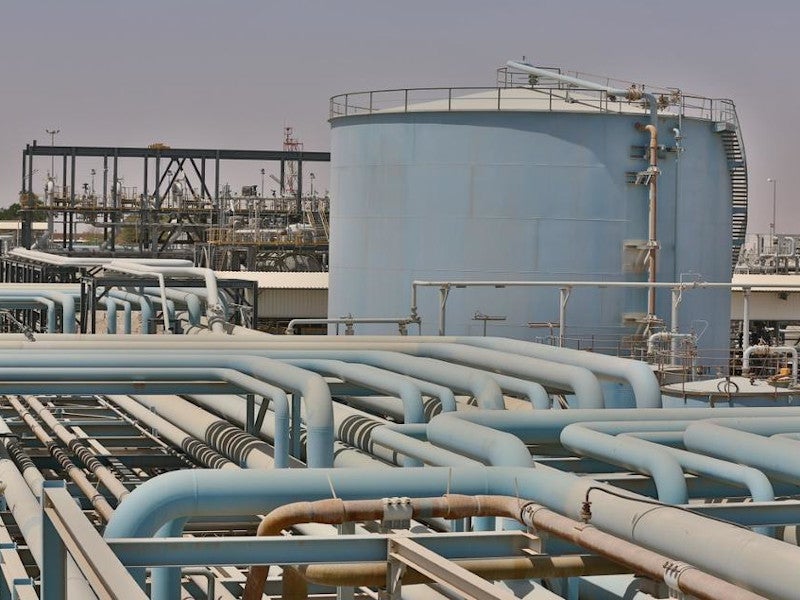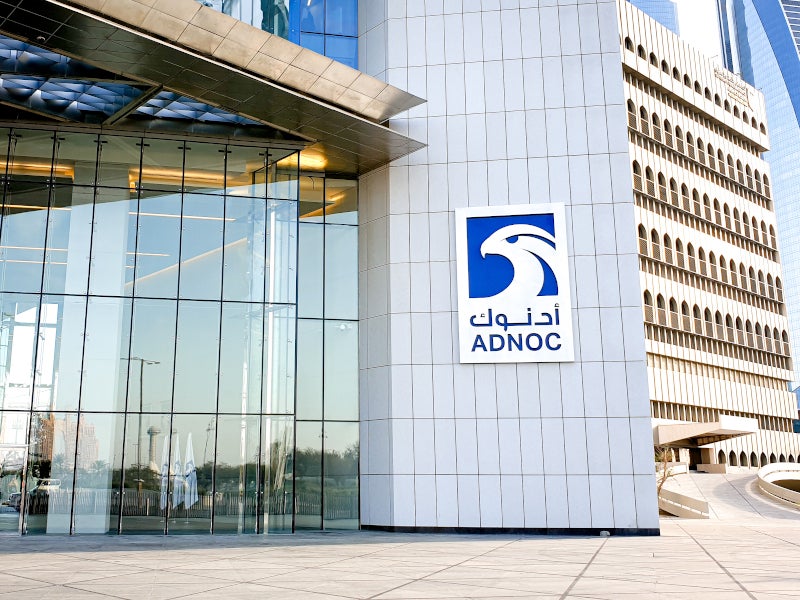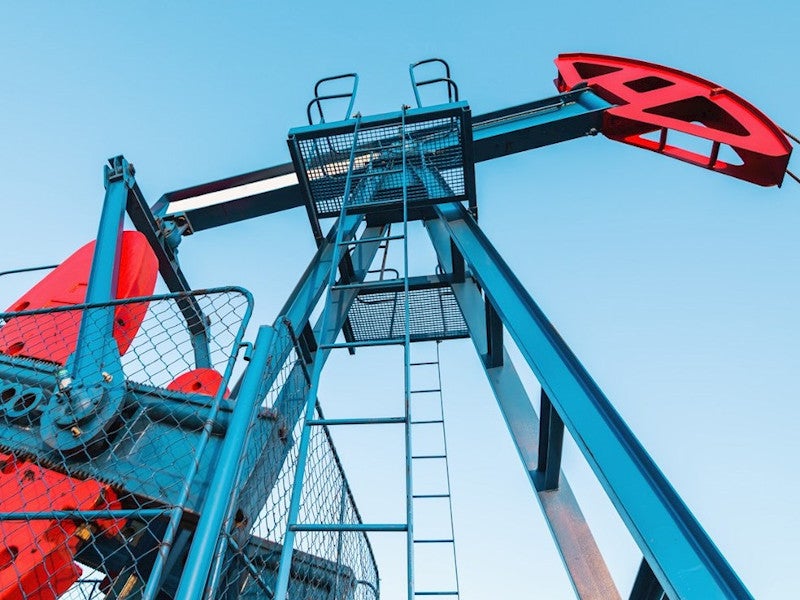The Bab oil field, also known as the Murban Bab oil field, is the biggest onshore oil field in Abu Dhabi and the oldest operating field in the United Arab Emirates (UAE).
Owned and operated by ADNOC Onshore, a subsidiary of Abu Dhabi National Oil Company (ADNOC), the giant oil field has been producing since the early 1960s.
ADNOC announced a £382m ($489m) investment in November 2019 to expand and sustain the crude output of the mature field at 485,000 barrels of oil per day (bopd) from 2023 onwards.
The latest expansion plan follows the award of contracts for a previous expansion plan in November 2017 to increase the field’s production capacity from 420,000bopd to 450,000bopd by 2020.
The Bab oil field is one of the biggest producing assets of ADNOC. The company decided to boost the field’s output with new infrastructure as part of its goal to increase its total production capacity to four million barrels of oil per day (Mbopd) by late 2020 and 5Mbopd by 2030.
The other major expansion projects being undertaken by ADNOC are the Bu Hasa oil field expansion and the Upper Zakum Offshore oil field expansion.
Murban Bab oil field location and size
The Bab onshore oil field spans approximately 1,200km2 in an inland area, approximately 160km southwest of Abu Dhabi, UAE.
The onshore oil and gas field comprises multiple Cretaceous carbonate reservoir formations including Habshan and Thamama. It is estimated to contain more than one billion barrels of oil and up to 29 trillion cubic feet (tcf) of gas in place.
Bab onshore field upgrade
The latest expansion project at the onshore oilfield includes new oil-producing, water injection and artificial lift wells, as well as additional well-bays, let down stations, water injectors clusters and other infrastructure to boost the production capacity to 485,000bopd.
The oil field upgrade programme that has been underway since 2027 also involves the deployment of cluster drilling to minimise cost and the environmental footprint of drilling operations, as well as the adoption of digital oil field technology for the remote monitoring and analysis of well performance.
An additional degassing and processing train is also being built alongside the existing seven trains, apart from increasing the water and gas handling capabilities at the Bab oil field complex.
Bab onshore field discovery and development history
Bab was the UAE’s first oil field to be discovered in 1958, while the commercial oil discovery at the field was announced with the completion of Murban-3 well in May 1960.
Crude oil from the field was exported for the first time in December 1963 after a 112km pipeline, and an export terminal was built in Jebel Dhanna.
Water injection for maintaining reservoir pressure was introduced in 1990, and the field’s crude production capacity stood at 260,000bopd in 2000.
The field’s output was further increased to 350,000bopd by 2012 and 420,000bopd by late 2016, while the Bab gas compression project as part of the Thamama gas network was launched in 2013.
Contractors involved
Archirodon Construction Overseas was awarded an engineering, procurement, and construction (EPC) contract worth £382m ($489m) to build necessary infrastructure and facilities to increase the field’s production capacity to 485,000bopd, in November 2019.
Archirondon announced to use Wrenchsp SmartProject information and collaboration management software for executing the project in January 2020.
China Petroleum Engineering & Construction Corporation (CPECC), a subsidiary of China National Petroleum (CNPC), was awarded the EPC contract to upgrade and expand the oil field to increase the production capacity from 420,000bopd to 450,000bopd, in November 2017.
ABB was awarded an integrated automation, electrification and telecommunication contract worth £64.24mn ($79mn) by CPECC for the Bab oilfield upgrade in the second quarter of 2018.
JGC Corporation, Technip-Coflexip, and Petrofac were among the contractors engaged in the previous expansion projects at the Bab onshore integrated facility.





